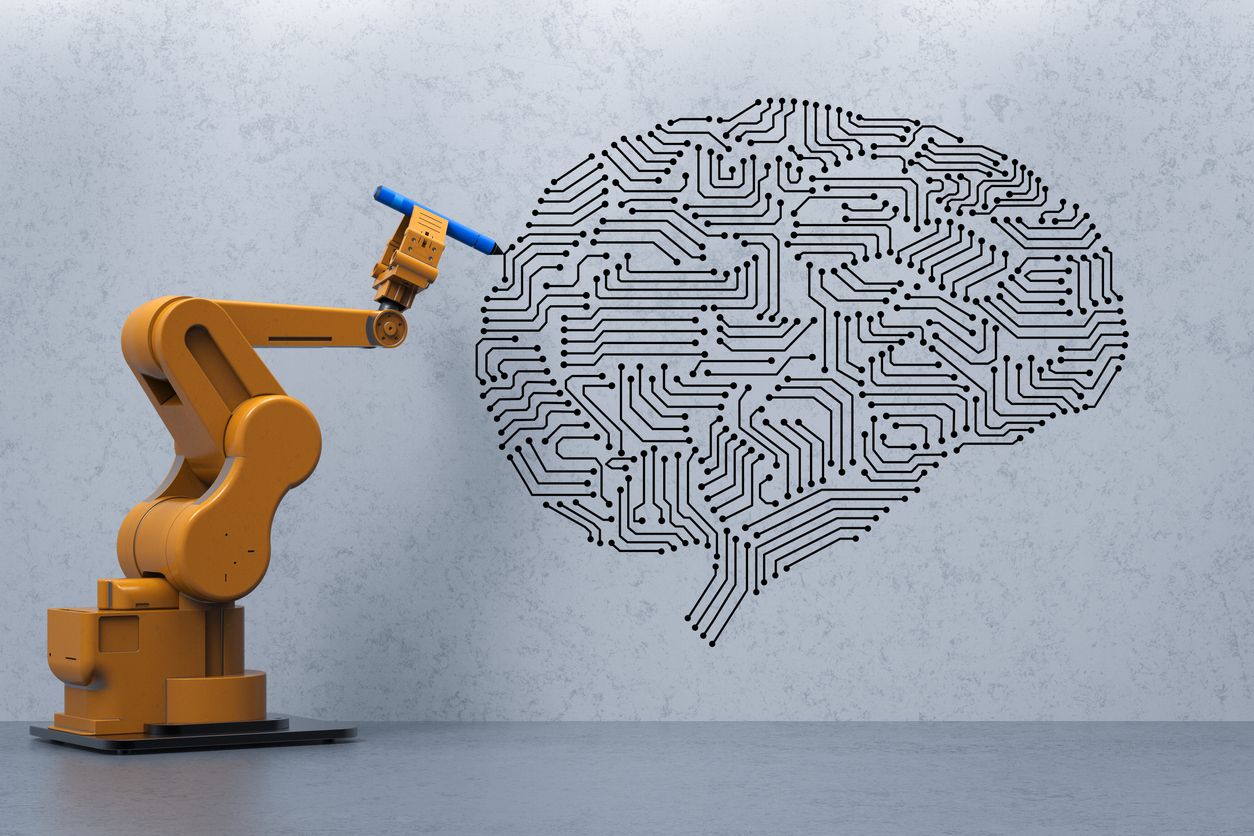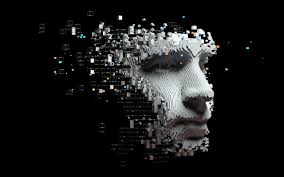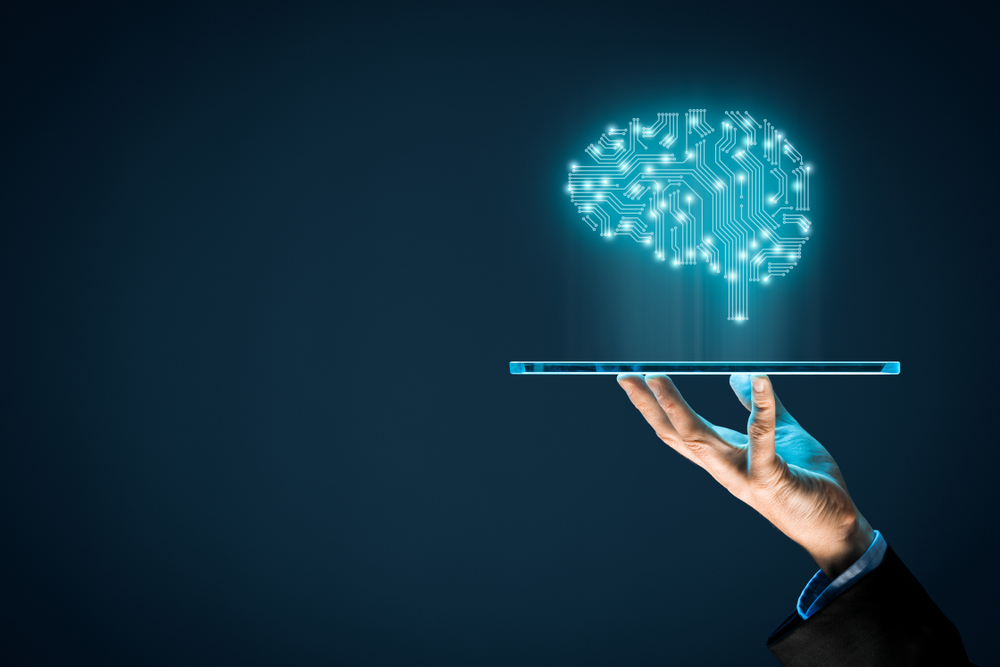Artificial intelligence is the next big thing in the world of technology. Artificial intelligence is all around us, from Amazon’s Alexa to Google’s Search and even Apple’s Siri. But what is it exactly? And how can you make it part of your business? This blog article will provide an overview of artificial intelligence and its various applications. We will also discuss making AI part of your business, from developing algorithms to incorporating them into your marketing campaigns. So whether you are a startup looking to embrace AI or an established business looking to stay ahead of the curve, read on for tips and advice on making artificial intelligence work for you.
What is Artificial Intelligence?
Artificial intelligence (AI) is a branch of computer science concerned with creating intelligent agents or machines that can reason and learn. AI research deals with the problem of building intelligent systems that can accurately and efficiently recognize patterns, solve problems, and make choices based on those recognitions.
Different Types of Artificial Intelligence
Artificial intelligence has come to be a very controversial topic in recent years. While some see it as the future of computing, others are concerned about its potential dangers. Here we will explore different types of artificial intelligence and their respective advantages and disadvantages.
1. Classical Artificial Intelligence (AI) is based on theories from the field of computer science. It deals with the design of algorithms that can simulate human abilities such as thinking, learning, and reasoning. AI has been around for many years but has only recently become widely used in automated decision-making and text recognition applications. While AI is widely accepted as a valid approach to problem-solving, there are several areas where its accuracy falls short compared to human performance. For example, while AI can successfully identify patterns in large data sets, humans are better at recognizing individual objects within those data sets. Additionally, while AI can be trained to recognize certain words or phrases, humans are typically more adept at understanding natural language processing.
2. Deep Learning refers to a subset of AI that employs a deep neural network (DNN). A DNN comprises many interconnected layers that each learns from examples given beforehand by the previous layer(s). The resulting deep neural network behaves essentially like a “brain” with the ability to learn complex tasks quickly and accurately – something that was once thought impossible for computers. Deep learning applications include facial recognition software, speech recognition software, and handwriting recognition software. While deep learning does have its limitations, it has proven to be very successful in several areas, most notably facial recognition and speech recognition.
3. Natural Language Processing (NLP) is the ability of computers to understand and respond to human language. While AI can process and respond to simple questions or commands, NLP is necessary for more complex tasks, such as understanding and responding to natural dialogue. NLP algorithms can be trained using large data sets, which allows them to learn specific patterns and nuances in human language. Additionally, NLP can identify sentiment and meaning in text, which is important for tasks such as customer service or automated customer interaction.
4. Robotics involves the use of machines that can operate autonomously. Robotics applications include industrial robotics, agricultural robotics, and military robotics. Robotic technologies have been rapidly advancing over the past few years, allowing machines to become increasingly dexterous and mobile. This has led to significant advances in manufacturing, logistics, and defense. However, there are several challenges that need to be addressed before robots can be used on a large scale in these industries: for example, robots need to be able to identify objects and navigate around complex environments; they require robust communication systems; and they need to be able to sense and respond to their surroundings.
5. artificial general intelligence (AGI) is a type of artificial intelligence beyond the capabilities of current AI technologies. AGI is “the ability of a computer system to exhibit cognitive abilities that are not limited to those of a human.” While there is no consensus on what constitutes “cognitive abilities,” most experts believe that AGI would likely include problem-solving, reasoning, and learning. While many research efforts are underway in this area, there is still a long way to go before AGI can be achieved. Some potential roadblocks include the difficulty in designing algorithms capable of generalized intelligence and the challenge of training such algorithms using large data sets.
What are the Components of Artificial Intelligence?
Artificial intelligence (AI) is creating intelligent software to perform tasks that usually require human intelligence. AI technology can be divided into three main categories: rule-based, knowledge-based, and natural language. Rule-based AI is based on programmed algorithms to carry out specific tasks. Knowledge-based AI uses data databases to build models of certain situations or objects. Natural language AI relies on computers understanding human speech to carry out commands or respond to queries.
How to Make AI?
There are many ways to make artificial intelligence. One way is to use machine learning algorithms. Machine learning algorithms are programs that learn from data. They can be used to identify patterns and make predictions. Some machine learning algorithms are based on artificial neural networks (ANNs). ANNs are structures made up of a large number of interconnected nodes. The algorithm learns the connections between the nodes. ANNs can model complex systems, such as natural languages or images. Another way to make AI is through genetic algorithms (GAs). GAs are a type of evolutionary algorithm. They search for solutions to problems by mutation and selection. GA’s can be used to create new designs for objects or software.
Conclusion
Artificial intelligence threatens to overtake many jobs in the future, but how can you make your artificial intelligence? In this article, we will discuss some of the basics behind AI and show you how to create your very own AI program. Whether you want to create a chatbot or want to learn more about AI, this guide is for you.





